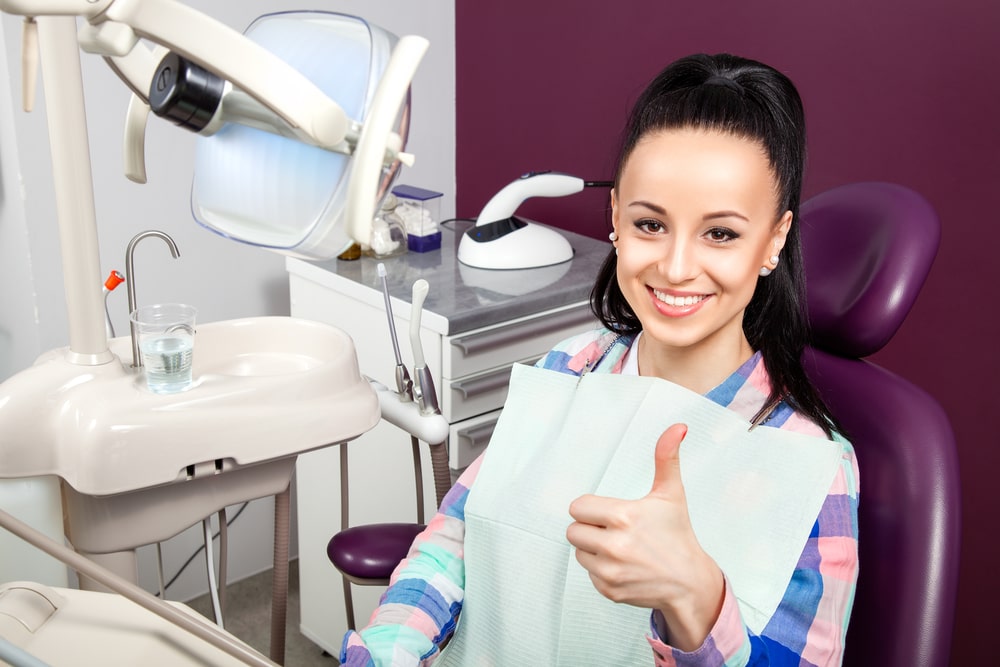The world of dentistry has seen a myriad of technological advancements over the past few decades, and one of the most significant has been the evolution of digital X-ray technology. Gone are the days of waiting for film to develop in a darkroom; today’s digital X-rays provide instant, high-resolution images that have transformed the way dental professionals diagnose and treat their patients. In this blog, we’ll delve into the advancements in digital X-ray technology and how they’re revolutionizing dental care.
What are digital dental x-rays?
Digital dental X-rays are a modern alternative to traditional film-based X-rays used in dentistry. They employ electronic sensors instead of the traditional photographic film to capture images of the teeth, gums, and other oral structures. These images are then instantly displayed on a computer screen, allowing for immediate analysis and diagnosis.

When a dentist or dental hygienist conducts a digital X-ray, they position a sensor inside the patient’s mouth, which is linked to a computer. This procedure involves directing a regulated burst of X-ray radiation towards the desired area. As the radiation traverses the soft tissues, the sensor absorbs it. Subsequently, the sensor quickly processes the X-ray pattern, transmitting it to the computer where it’s transformed into a digital image. This resultant image is then promptly displayed on a monitor for viewing.
Digital dental X-rays are a pivotal tool in modern dentistry, employed primarily for diagnostic purposes. They provide detailed images of the teeth, gums, and surrounding oral structures, enabling dentists to identify and assess a range of dental issues. These can include cavities hidden between teeth, root infections, bone loss, impacted teeth, and abnormalities in the jawbone. Additionally, digital X-rays are instrumental in planning various dental treatments, from simple fillings to more complex procedures like root canals, dental implants, and orthodontic treatments. By offering a clear and comprehensive view of the oral cavity, digital X-rays ensure accurate diagnoses and facilitate effective treatment planning.
Advancements in Digital X-Ray Technology
Instant Imaging
Traditional film X-rays required a waiting period for the film to be developed, which could be time-consuming. Digital X-rays, on the other hand, provide immediate images. This not only speeds up the diagnostic process but also allows for real-time discussions between the dentist and the patient.
Enhanced Image Quality
Digital X-rays offer superior image quality compared to their film counterparts. The clarity and detail of digital images allow dentists to detect issues such as cavities, gum disease, and other dental problems with greater accuracy.
Reduced Radiation Exposure
One of the most significant benefits of digital X-ray technology is the reduced radiation exposure to patients. Digital X-rays can use up to 70% less radiation than traditional film X-rays, making them a safer option for both patients and dental professionals.
Easy Storage and Sharing
Digital images can be easily stored on a computer or cloud-based system, eliminating the need for physical storage space. This also makes it simpler for dentists to share images with other specialists or insurance companies, facilitating seamless communication and collaboration.
Image Manipulation
With digital X-rays, dentists can manipulate the images to get a better view of the teeth and surrounding structures. They can zoom in, adjust contrast, and use color differentiation to highlight specific areas, providing a more comprehensive analysis.
Environmentally Friendly
Digital X-rays are more environmentally friendly than traditional film X-rays. There’s no need for chemicals used in the film development process, which can be harmful to the environment. Additionally, there’s a reduction in waste since there’s no physical film or paper involved.
Integration with Other Digital Systems
Many modern dental practices use integrated digital systems for patient records, scheduling, and billing. Digital X-rays can easily be incorporated into these systems, streamlining the workflow and improving efficiency.
In Conclusion
The advancements in digital X-ray technology have brought about a paradigm shift in dental diagnostics. With benefits ranging from enhanced image quality to reduced radiation exposure, it’s clear that digital X-rays are here to stay. As technology continues to evolve, we can only anticipate further improvements that will continue to enhance the patient experience and the quality of dental care.
Remember, regular dental check-ups are crucial for maintaining oral health. With the advent of digital X-ray technology, these check-ups are now quicker, safer, and more efficient than ever before. So, don’t delay your next dental visit – embrace the future of dental diagnostics!

Dr. Snehlata Kulhari completed her Bachelors of Dental Surgery (BDS) at Government Dental College in Punjab, India and her Doctor of Dental Medicine (DMD) degree at the Henry M. Goldman School of Dental Medicine in Boston. She has been practicing dentistry since 2011 and has founded Smile Mantra Family Dentistry to provide dental care and education to the community of Cary, NC. Dr. Kulhari stays up to date on the latest dental research and advancements in order to offer her patients exceptional dental care.



